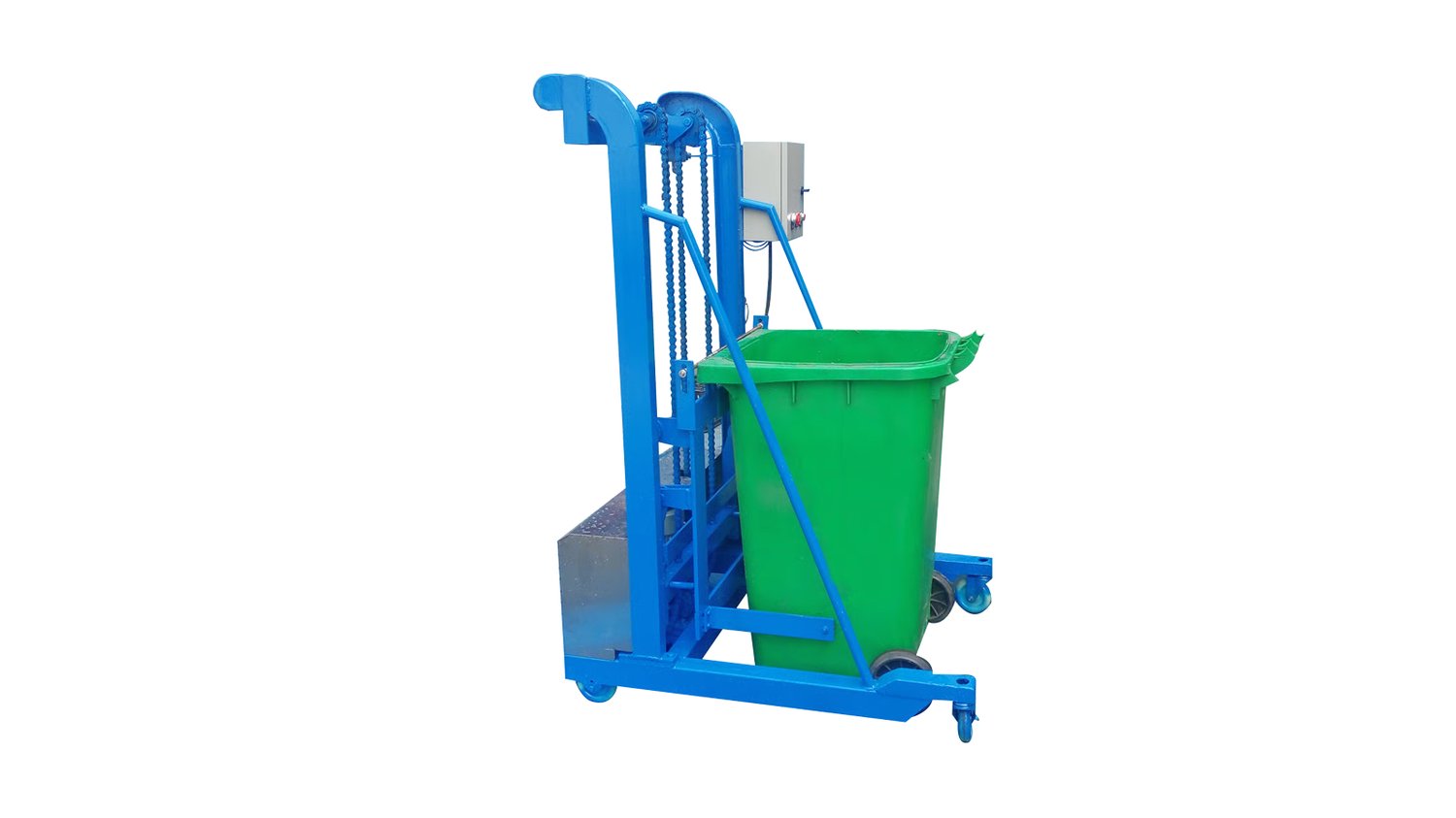Low headroom hoist design refers to the engineering and manufacturing of hoisting equipment specifically tailored for environments with limited vertical clearance. These hoists are engineered to maximize lifting capacity within tight spaces, often used in industrial settings where overhead space is constrained. Recognizing the primary requirement—minimizing the hoist’s height without compromising performance—is vital to ensuring safe and efficient operations.
Key Components That Define Low Headroom Hoists
The fundamental components of low headroom hoists include the motor, gearbox, lifting mechanism, and suspension system. Each element is meticulously designed to reduce overall height while maintaining ruggedness and durability. Compact motors with efficient cooling systems, innovative gearing assemblies, and optimized hook arrangements contribute to the reduced profile, enabling the hoist to operate effectively under low overhead conditions.
Design Challenges and Engineering Solutions
One major challenge in low headroom hoist design is balancing compactness with load capacity and safety standards. Engineers use advanced materials and precision manufacturing techniques to produce lightweight yet strong components. Innovations such as pancake motors and planetary gearboxes are frequently employed to minimize space usage while delivering adequate torque and load-bearing capability.
Applications in Confined Industrial Spaces
Low headroom hoists find extensive use in industries like automotive manufacturing, shipbuilding, and warehouse logistics—where headroom restrictions are commonplace. They enable seamless lifting and positioning of heavy objects in confined areas, improving workflow efficiency. Installing these hoists often enhances safety by reducing the risk of collisions with overhead structures.
Impact of Ergonomics and Safety Features
Ergonomics is integral to low headroom hoist design, focusing on ease of control and operator comfort within constrained environments. Safety features such as overload protection, emergency stop functions, and robust braking systems are standard inclusions. These elements collectively reduce the likelihood of accidents and equipment failure, ensuring secure operation even in challenging conditions.
Material Selection for Optimal Performance
Material choice significantly influences the durability and weight of low headroom hoists. High-strength steel alloys and lightweight composites are commonly utilized to construct key parts. This combination ensures components resist wear and corrosion while contributing to the compact design. The selection of materials directly impacts maintenance cycles and operational longevity.
Technological Advancements Driving Efficiency
Modern low headroom hoist designs incorporate cutting-edge technologies such as variable frequency drives (VFDs), remote controls, and digital load monitoring. These innovations enhance precision, energy efficiency, and user interaction. VFDs allow smooth acceleration and deceleration, reducing mechanical stress, while remote control capabilities provide greater flexibility in confined or hazardous environments.
Customization and Versatility in Design
Manufacturers often offer customizable low headroom hoist configurations to meet specific customer needs. Options vary from lifting capacities, control methods, to hook configurations and mounting styles. This versatility enables tailored solutions across diverse sectors, enhancing overall productivity by adapting to unique workspace constraints and application requirements.
Importance of Compliance with Industry Standards
Adhering to international safety and performance standards—such as those set by OSHA, ANSI, and ISO—is a critical aspect of low headroom hoist design. Compliance ensures equipment reliability and protects workers from hazards related to lifting operations. Rigorous testing and certification processes are integral to validate that these hoists meet or exceed required benchmarks.
Future Trends in Low Headroom Hoist Development
The future of low headroom hoist design is influenced by growing demands for smarter, more efficient, and compact lifting solutions. Emerging trends include integration with IoT for predictive maintenance, lightweight nano-materials to further reduce weight, and automation to enhance precision and safety. These advances promise to extend the applicability of low headroom hoists in increasingly restrictive and complex environments.
Quote Inquiry
contact us

